A Holiday of Reflection and Exploring
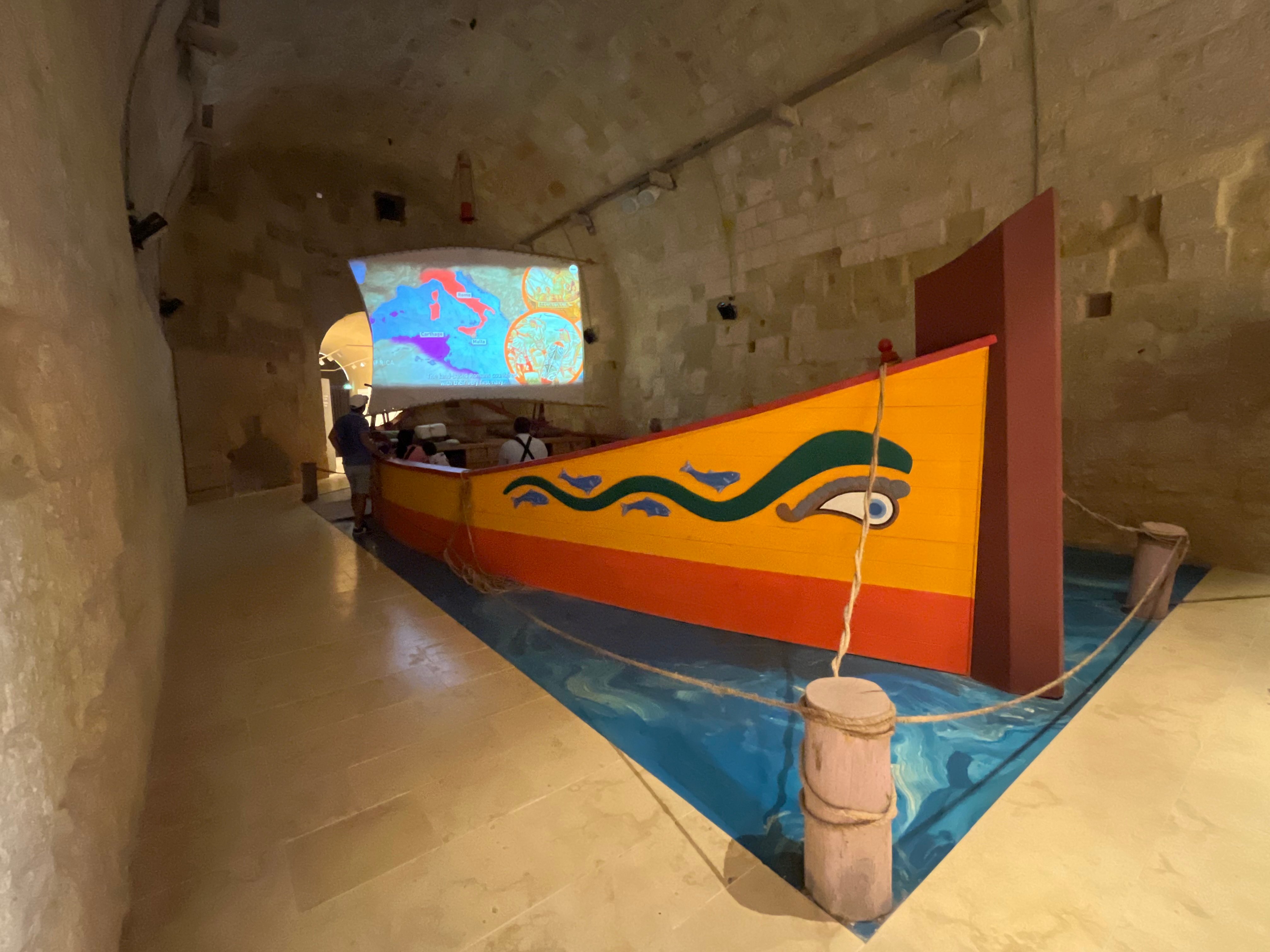
Me and my partner always try and arrange a relaxing holiday near to the end of the year before the festive season. Giving us some time to reflect on how the year has gone and the goals that have been achieved, and of course relax and reenergise to redrive determination.
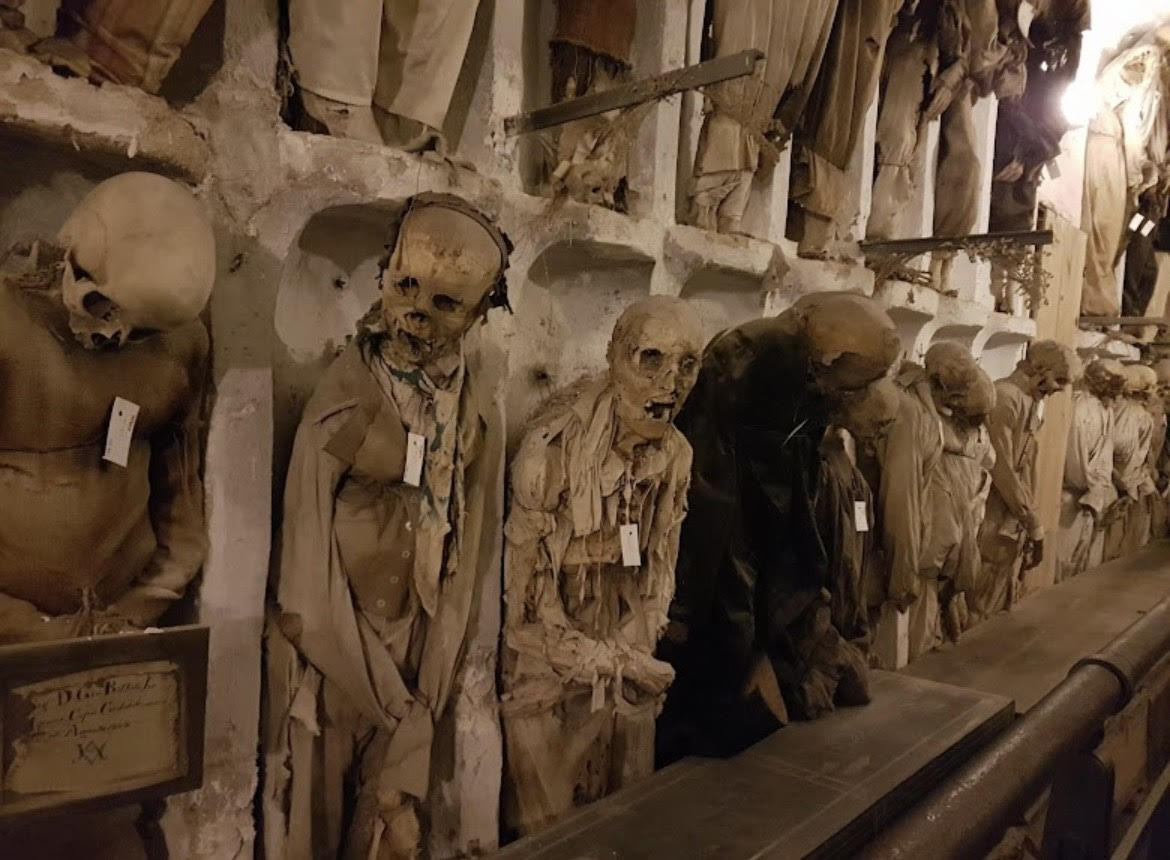
It has been a very busy year, with continuing to work my normal job and finishing the writing and designing of my book. We visited Sicily at the start of the year to visit the Catacombe dei Cappuccini di in Palermo, which was the most gruesome and macabre place I have visited to date. This visit gave me a new drive of determination on finishing my book. Visiting places across Europe continue to motivate me to share the darker aspects of British history.
A few days after the publication of my book, we actually started redecorating the house, replacing the kitchen and bathroom, replastering the downstairs and painting the whole of the house. You could say that everything was a bit up in the air trying to focus on the marketing of my book and managing the work of our house. We actually only finished the weekend that we were due to visit Malta.
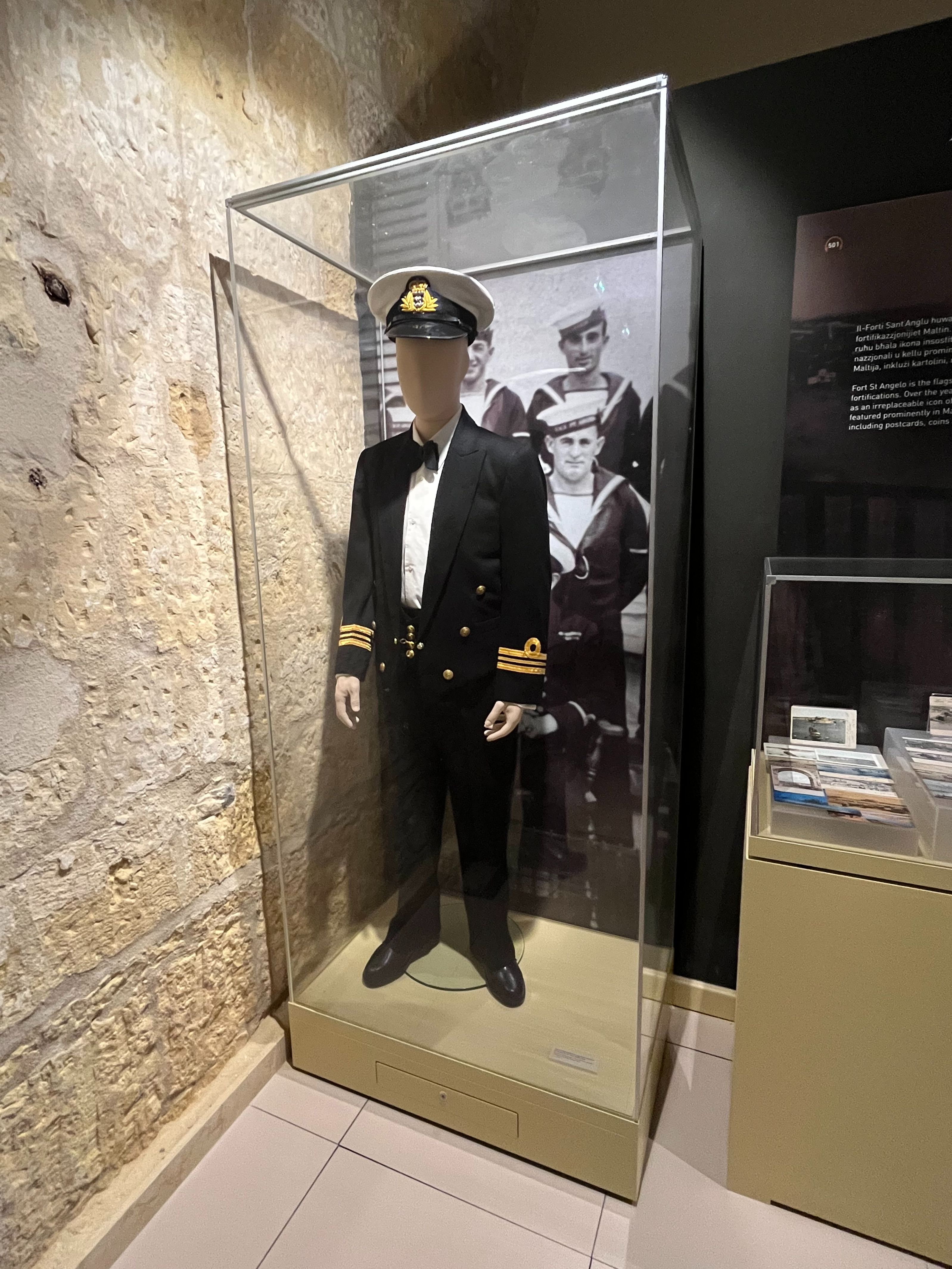
It was time to rest and rejuvenate, although I can’t resist exploring and learning the history of a place. Our first visit was to Fort St Angelo. The fort dates back to the 13th century when it was known as Castrum Maris. It has an extensive history, from being occupied by the Order of Knights of the Hospital of Saint John of Jerusalem to its use as a Royal Navy military facility until 1979.
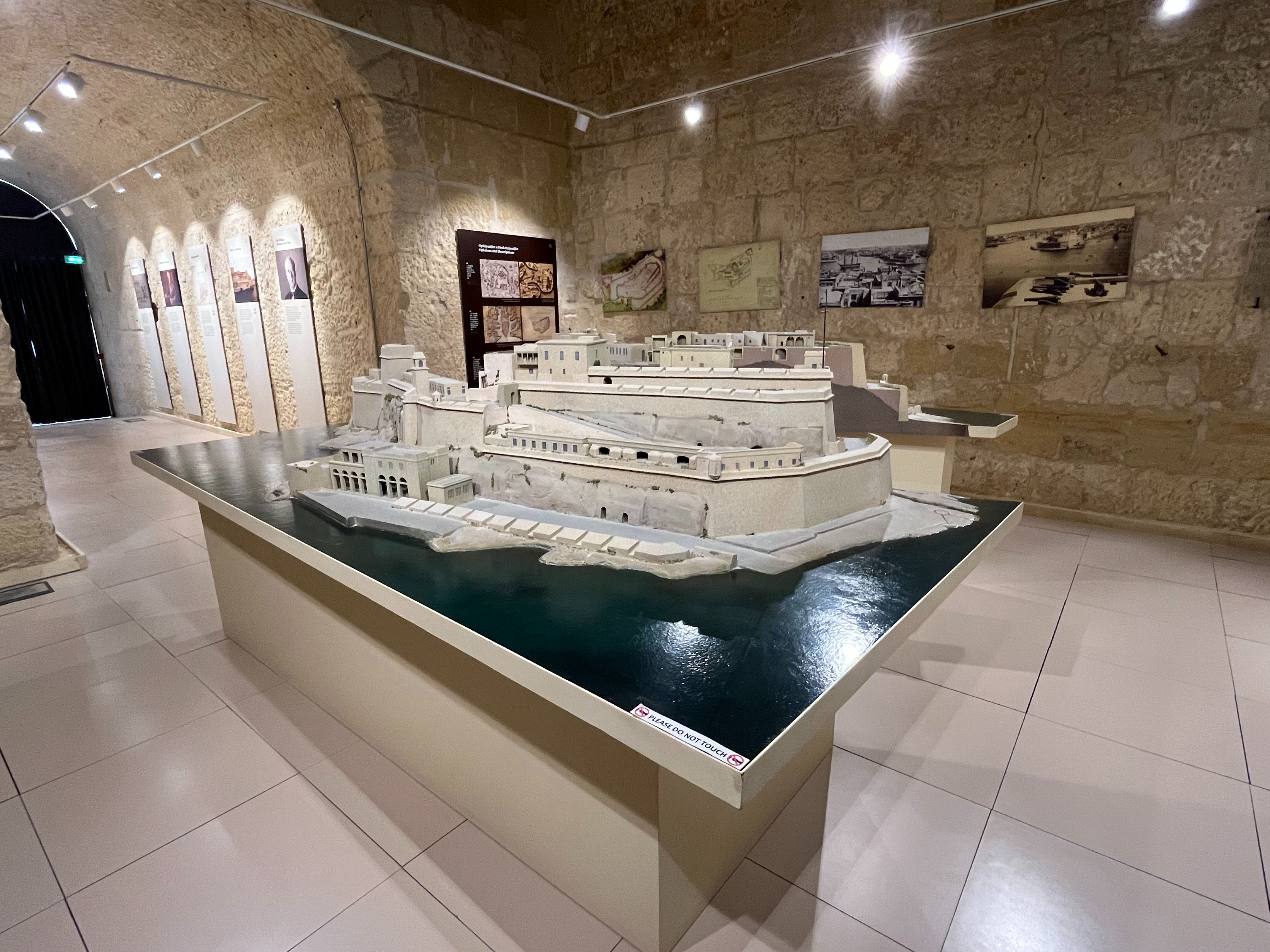
One of the most interesting aspects of the fort is the three rooms that document its history. A 10-minute film about the history of the fort is shown in each room; one of which is available on my Facebook page. The first area looks at Malta's culture and how it has been influenced by different societies. The next room discusses the battles and sieges Malta has witnessed, with the last one telling of the period the Royal Navy occupied the fort. In my opinion, technology plays a crucial role in museums in the 21st century. Nowadays, a lot of individuals are searching for an immersive experience that educates them about the past. Sharing videos and enclosing them in reconstructive scenes, in my opinion, this creates a feeling of emotional connection to the past.
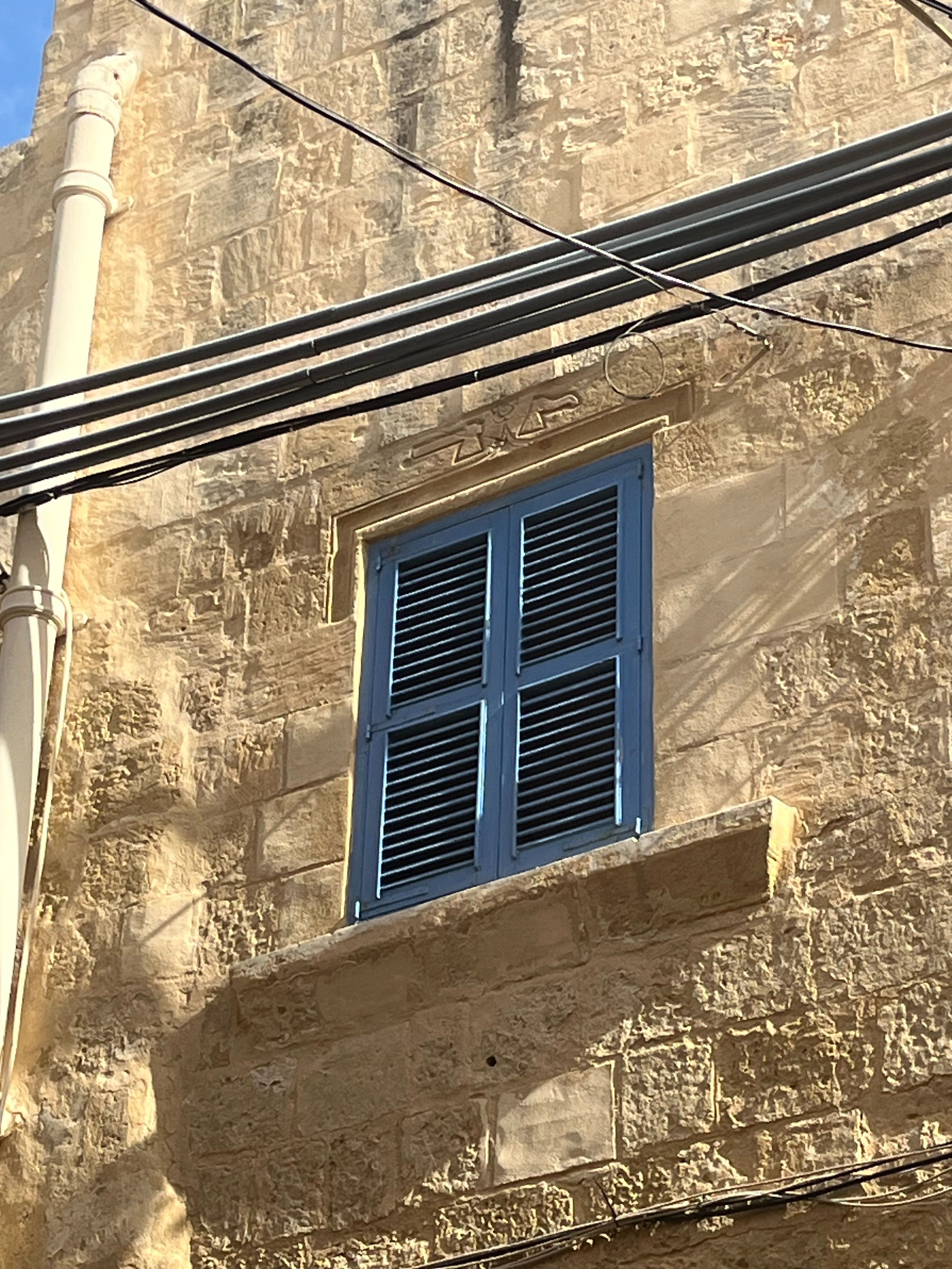
Another lesser-known site is the Executioner's House, which was owned by the executioner during the Inquisition and the Order of St. John. This is known because of the engraved image of an eye between two axes above the window. There is little known about the executioner, yet it is still a hidden gem to be aware of when visiting Malta. These kinds of sites, in my opinion, may not seem significant to many people, but they aid in understanding and building a better picture of a place's history.
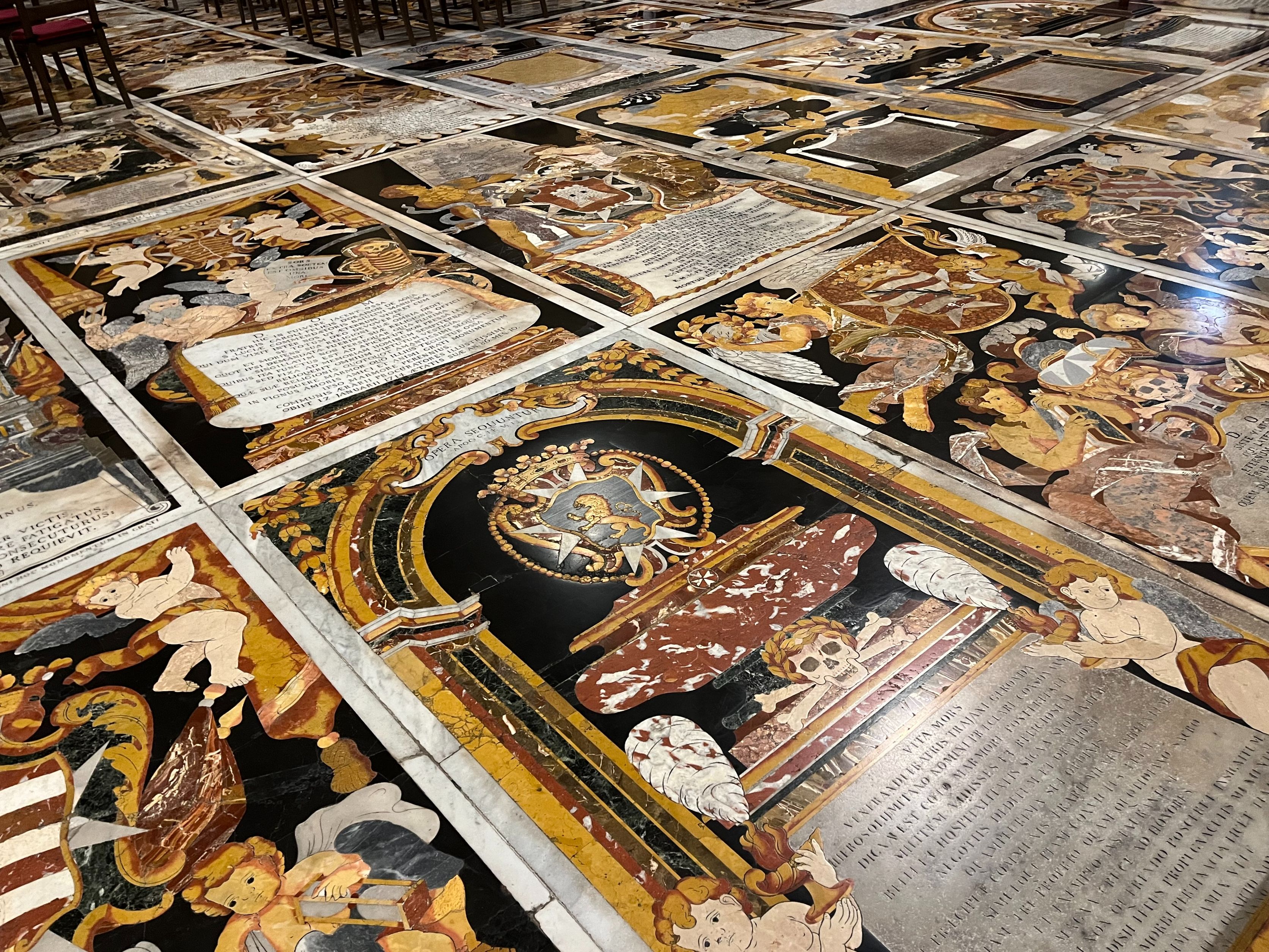
The next day, we went to St. John's Co-Cathedral in Valletta, the capital of Matla. Since this is one of the primary tourist attractions in Malta, there were a lot of visitors. I must admit that the architecture and history of churches and cathedrals really fascinate me. Many religions institutions have their own dark history to tell. Many of the Knights of the Order of St. John are buried at the co-cathedral. Even though the cathedral is beautifully ornamented, the tomb stones each of which portray victory, combat, and death in various coloured marble, are a sight to behold in their own right. The most intriguing part of my visit was the painting of the Beheading of Saint John the Baptist by Italian Caravaggio. It wasn’t just because of its size (3.7m by 5.2m) but the elements of this painting compelled me to consider the link of dark tourism and art.
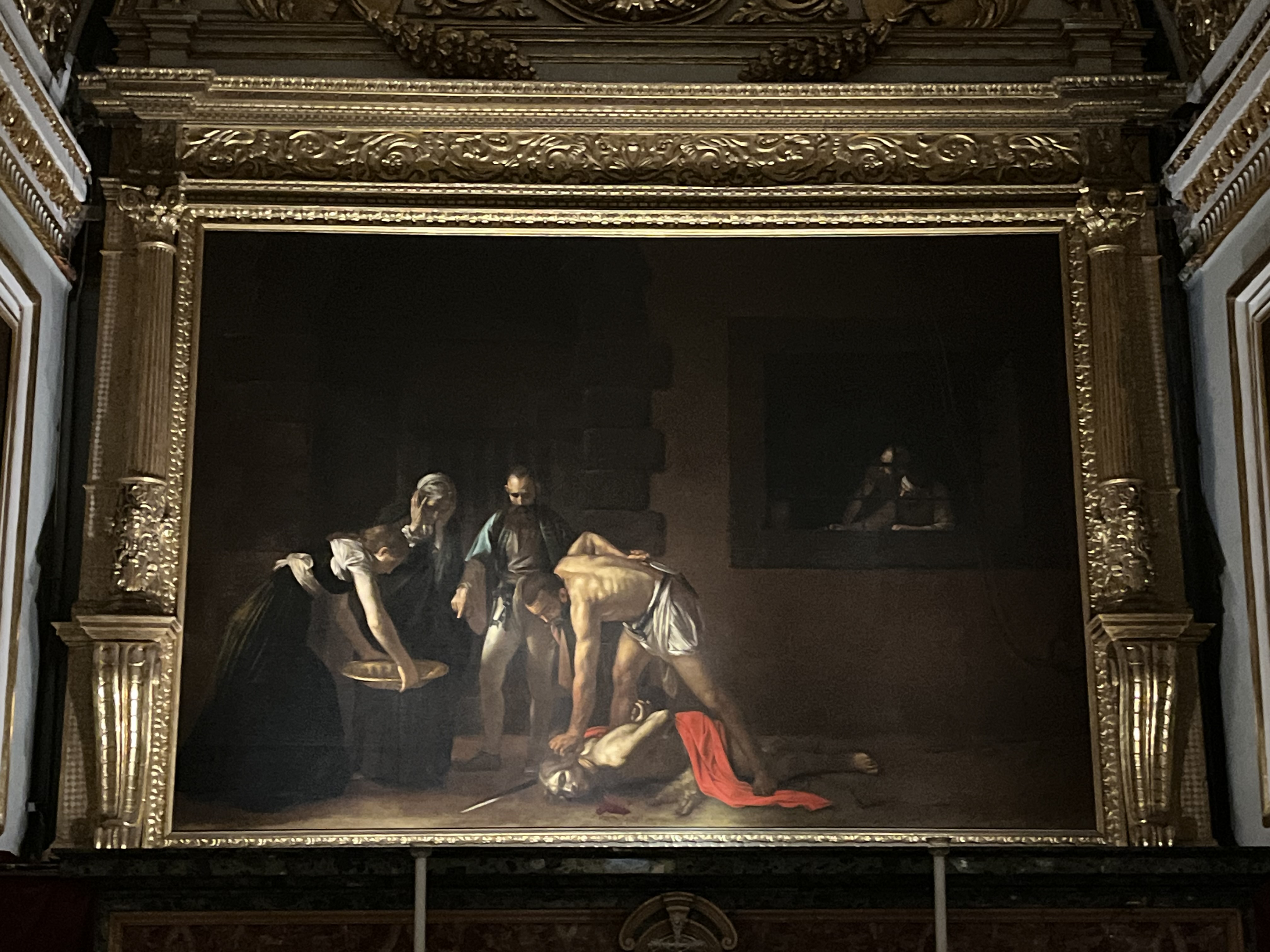
The painting depicts two prisoners looking out of their window at the beheading of St. John. Making me think about how, despite the fact that executions may have happened frequently back then, this didn't stop the behaviour of people from looking on at what was considered a justifiable punishment. The next person I was instantly drawn to is the old lady since she is the only one who expresses clear horror.
Making me wonder, did people who grow old back then seek comfort in those who were religious symbols and when this was taken away, they lost their sense of being worthy enough. It makes me wonder if elderly people in those days found solace in religious icons, and if this was taken away, they lost their sense of worthiness.
The two individuals who participate in the beheading—prisoner guards—clearly don’t show any remorse for what they have done. It makes me think of those who actually beheaded people as an occupation. If they experienced any emotion or if they channelled the excitement of the audience when performing such acts. The final person shown in the artwork is the young woman with the gold serving plate that one of the prisoner guards’ points to. Despite the fact that executions occurred in front of a large crowd, people wanted a visual reminder of an execution for a time after.
The fact that this is the only painting in which Caravaggio signed is another distinctive feature. In fact, he created his signature in a gory yet fascinating method to sign his painting, using the red blood of St. John from the painting!
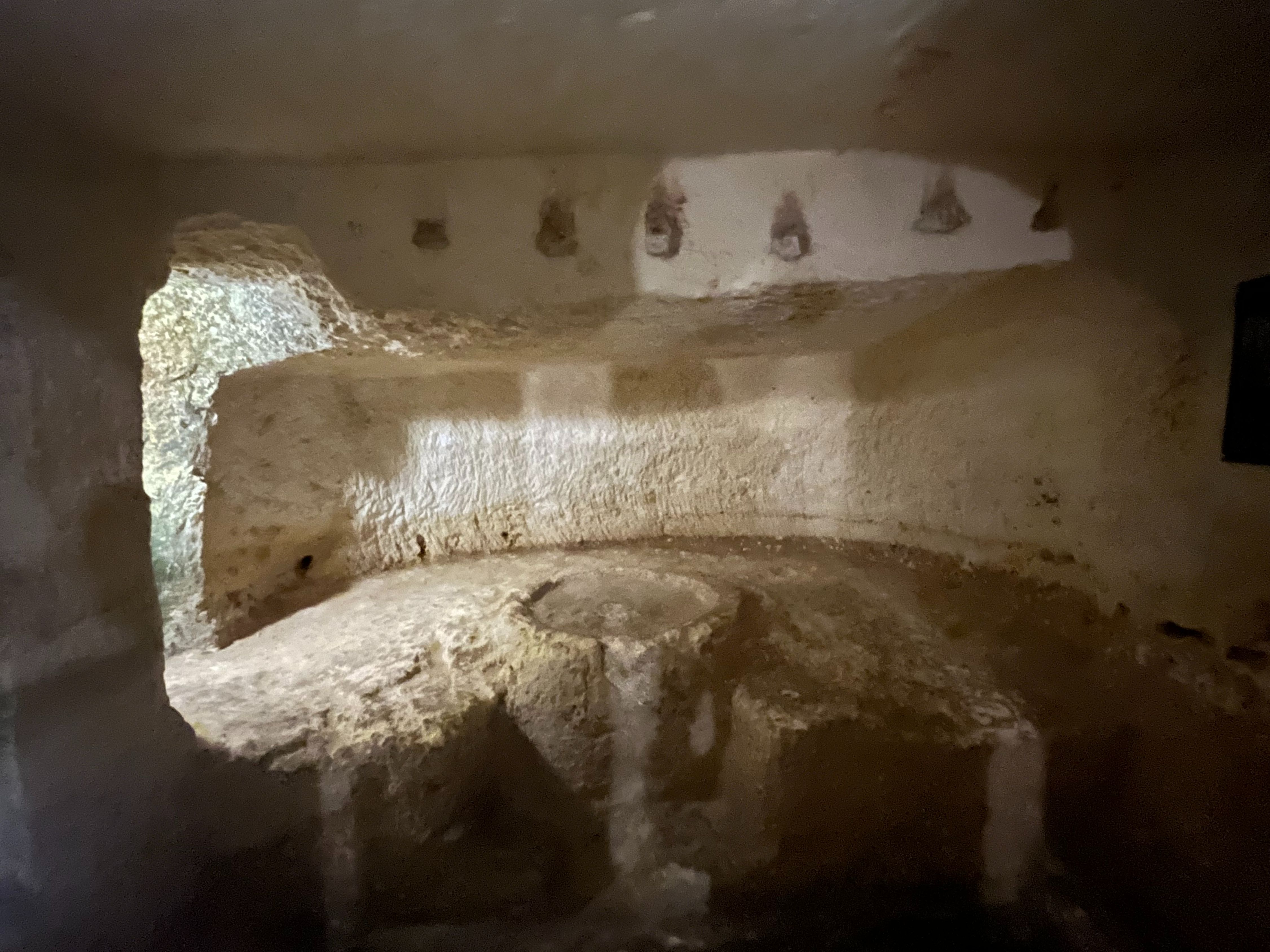
Another interesting place we visited was the World War II shelters and catacombs, which were once utilized by both the living and the dead and are situated just outside the city walls of what was once Melite. The catacombs are thought to date back to the Roman period and remained in use until the 7th century possibly even into the 8th century. There is evidence that Christians briefly used it in the 13th century, re-cutting a portion to serve as a shrine. However, during World War II, the living utilized these chambers as a place to take refuge. Wealthier individuals would have had private rooms of their own, while less fortunate people would have had to remain in the narrow tunnels.
The tour guide actually shared with us a story her grandmother had told her about a wartime incident that happened at the catacombs. Even though the harbour area of Valletta was a major target of bombing by the Luftwaffe and the Italian Air force during in the war, a woman was killed by an enemy bomb that fell just outside the entrance as she was closing the doors. I didn't consider the connection between the living and what used to be a place for the dead until after I left that evening. It is said that we are truly closer to death than we realize, and those who faced the unimaginable fear of death, shared a space with those were they was once laid to rest.
The island of Malta is a fascinating place for its history and culture which has been influenced by different societies, this has created a mixture of architecture, flavourful food and people who are proud to share their history and heritage.
